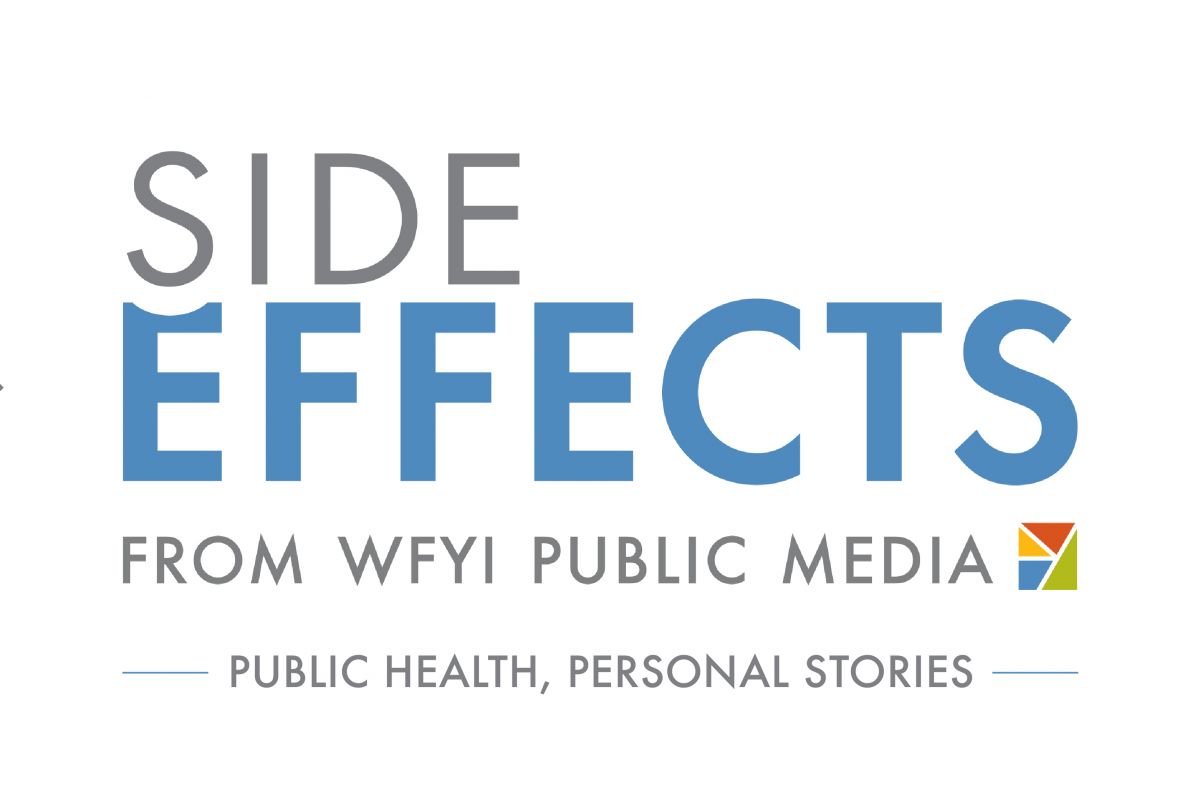A new study from the School of Public and Environmental Affairs at IUPUI in Indianapolis has found that restricting opioid prescriptions may have an unintended side effect: more overdose deaths involving heroin and fentanyl. The study also shows that Indiana’s reports don’t reflect the actual number of overdose deaths in which opioid drugs are present.
The researchers compared prescription data from INSPECT, the state’s prescription drug monitoring program, with coroner toxicology data. They found that prescriptions for drugs such as oxycodone and oxymorphone started to fall in 2012, likely due to new laws increasing regulations on prescribers.
The SPEA researchers then compared the prescription data to toxicology screening data from the Marion County Coroner’s Office, which contains information on the specific substances involved in each drug-related death. They found an alarming trend: Amid the crackdown on prescriptions, overdoses in which heroin and fentanyl were present rose considerably.
“As people move away from pills, they do move on to heroin,” says Brad Ray, assistant professor at SPEA and the study’s primary author. “It’s a cheaper substance to purchase but it’s much more dangerous because you don’t know what’s in it, you don’t know how much to take.”
Fentanyl, a potent synthetic opioid, has also been a growing problem in Marion County. Ray says the drug is often mixed — in unknown quantities — with heroin or other illicit drugs, which makes overdoses more likely.
“That’s contributing significantly to the increases in deaths that we’re seeing,” Ray says.
The phenomenon of people switching from pills to heroin or fentanyl is not new, but Ray says the effect seems especially pronounced in Indiana. His paper concludes by suggesting a link between increased heroin use and the scarcity of addiction treatment providers in the state and lack of access to addiction medications such as methadone and buprenorphine.
Ray also cites recent studies showing that states that have more access to treatment have not seen the same increases in heroin and fentanyl use.
“States that had those things in place didn’t see as much of the effect,” he says.
Another finding of the study is that Indiana’s reports of overdose deaths may underrepresent the extent of the opioid epidemic.
“With drug overdoses, you could have someone with heroin, cocaine, alcohol, Tylenol — all of these different substances in their body,” Ray says. If heroin or another opioid is not determined to be the primary cause of death, those deaths are usually labeled “polydrug” deaths, which are not counted in official opioid-related death counts.
For instance, from 2010 to 2015, the Marion County Public Health Department recorded 141 deaths caused by heroin. But using the coroner’s toxicology data, Ray’s study found that 455 people who overdosed in the county had heroin in their system.
Given that reductions in prescriptions may have led to an increase in heroin and fentanyl overdoses, Ray says that in addition to counting heroin or opioids as causes of death, there should be another measure that tracks specific drugs, even when they’re not found to be the primary cause of death.
“My suggestion would be that we should be running toxicology reports on every drug-related overdose, so we can know specifically what substances were found in that person’s body,” Ray says. A bill proposed this session by Republican Sen. Jim Merritt would have required counties in Indiana to perform these kinds of tests, but it stalled in committee.
With more specific information, Ray says researchers and policymakers could better understand the opioid epidemic and find ways to tackle it.
“Until we know what the accurate baseline is, it’s hard to know if [prevention and treatment interventions] are working,” he says.
 DONATE
DONATE







 View More Articles
View More Articles

 Support WFYI. We can't do it without you.
Support WFYI. We can't do it without you.